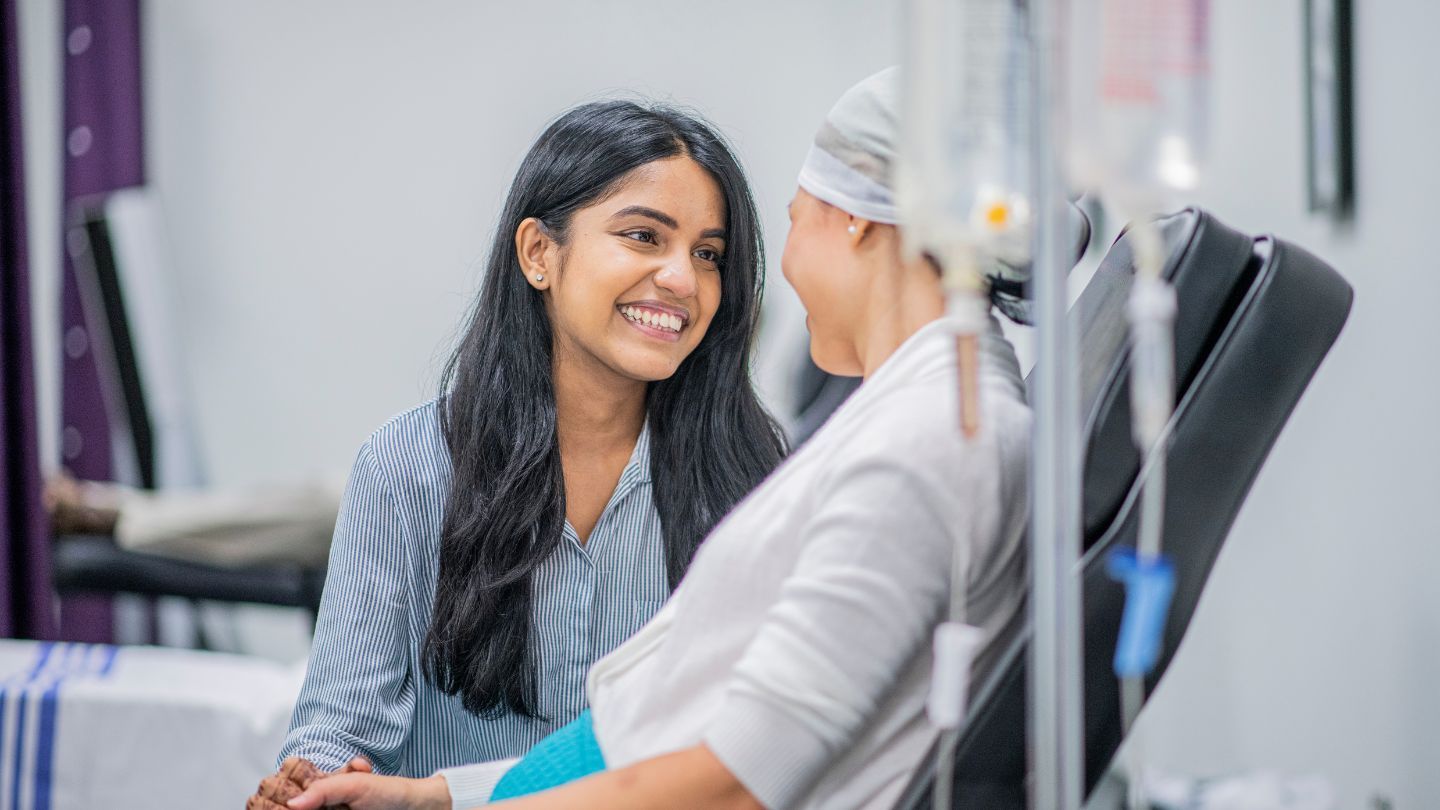Getting The Arogyajivan Medical Tourism For Oncology To Work
Getting The Arogyajivan Medical Tourism For Oncology To Work
Blog Article
A Biased View of Arogyajivan Medical Tourism For Oncology
Table of ContentsThe Buzz on Arogyajivan Medical Tourism For OncologyThe 9-Second Trick For Arogyajivan Medical Tourism For OncologyWhat Does Arogyajivan Medical Tourism For Oncology Do?How Arogyajivan Medical Tourism For Oncology can Save You Time, Stress, and Money.What Does Arogyajivan Medical Tourism For Oncology Mean?Excitement About Arogyajivan Medical Tourism For OncologyFacts About Arogyajivan Medical Tourism For Oncology Uncovered
Presently, one of the most substantial inevitable threat aspect is age. According to the American Cancer Culture (ACS), medical professionals in the United States detect of cancer cells instances in individuals ages 50 years or older. Hereditary variables can contribute to the growth of cancer cells. An individual's genetic code tells their cells when to divide and end.Genetics also influence the cells' manufacturing of healthy proteins, and healthy proteins bring several of the directions for cellular development and division. This to a proneness for cancer.
Arogyajivan Medical Tourism For Oncology Fundamentals Explained
These mutations might add to the growth of of cancer instances. Some hereditary mutations that increase the danger of creating cancer cells happen after birth. Health care experts refer to these adjustments as "gotten genetics mutations". Feasible causes include cigarette smoking and sunlight exposure. These hereditary changes trigger cancer cells a lot more typically than acquired gene anomalies.

Physicians categorize cancer cells by its area in the body and the cells that it forms in. When malignant cells infected other parts of the body, the medical term for this is transition. An individual can additionally have greater than one sort of cancer cells each time. Improvements in cancer discovery, raised understanding of the risks of smoking, and a decrease in tobacco use have all added to a year-on-year decrease in the variety of cancer medical diagnoses and deaths.
The Basic Principles Of Arogyajivan Medical Tourism For Oncology
Some cancers cause early signs, however others do not exhibit symptoms up until they are a lot more innovative. The best method to recognize cancer cells early is to report any unusual, relentless signs to a medical professional so they can provide suggestions about any kind of more testing that might be required.


After nonmelanoma skin cancer, breast cancer is the most typical kind in the U.S.
Examples of current methods present approachesConsist of radiation therapy, and surgery. Some individuals profit from more recent choices, such as stem cell transplantation and accuracy medicine. The diagnosis and fatality prices of cancer cells are dropping yearly.
The primary type of cancer cells therapies are introduced briefly on this page and defined carefully in their respective sections. Components on this subject: Relevant content: The Drug Discovery and Development Process Cancer drugs take years to make Related Site their way to patients. Discover where cancer cells drug prospects come from and how they become medications.
In most cancers, multiple therapy alternatives should be utilized with each other (either at the same time, or one after the various other) to obtain the most effective results. This number contrasts the benefits and disadvantages of the three kinds of cancer therapy options. In the left panel, a client has a lung cancer cells; in the zoom below, there are cancer cells (in environment-friendly) and typical cells from surrounding tissues (in this case, lung).
A Biased View of Arogyajivan Medical Tourism For Oncology
The impacts of each treatment (radiation, surgery, systemic therapy) are highlighted on the right; note that there are very important distinctions in how these therapies affect the cancer cells and the person (explained below). With radiation treatment, 3D designs are produced of the growth and the surrounding regular area. Radiation therapy is concentrated on the growth, and the regular tissues are stayed clear of (akin to a magnifying glass concentrating light).
at the time of surgical procedure) capacity to (which might aid to ease the pushing of a lump on neighboring body components); or it may be done before surgical treatment to diminish growths to a size that makes them treatable official site with surgery (resectable). relative for the client (radiation can be provided from beyond the body and concentrated on the tumor, is painless, and typically does not require anesthesia) (i.e.
How Arogyajivan Medical Tourism For Oncology can Save You Time, Stress, and Money.
not eliminating a bust, throat, or component of the stomach system, which would certainly have substantial adverse influence on a patients top quality of life stimulation of a versus the lump The negative aspects of radiation treatment consist of: (e (ArogyaJivan Medical Tourism for Oncology).g. lung, heart), relying on exactly how close they are to the tumor inability to kill tumor cells that can not be seen on imaging scans and are for that reason not constantly included on the 3D versions used to prepare the radiation This can include cancer in near-by lymph nodes or cancer that has actually spread to remote places ()
This is much more most likely with large lumps. With surgical treatment, an individual is taken to the operating space, put under anesthesia, and the growth eliminated. For some cancers cells, the entire tumor can not be eliminated, however some of it can be eliminated, a process called debulking.
The Only Guide for Arogyajivan Medical Tourism For Oncology
in the brain, where specific chemotherapy can not reach) potential ability to (the client may be treated with surgical treatment alone) capacity to take a look at the cancerous tissue (Tissue samples can be examined go to this web-site to determine the most effective treatment alternatives for that certain individual. If the patient has actually currently been treated, the examples can be made use of to see how the cancer reacted to previous therapy to see if more of that treatment ought to be given or if the treatment needs to be altered.
Report this page